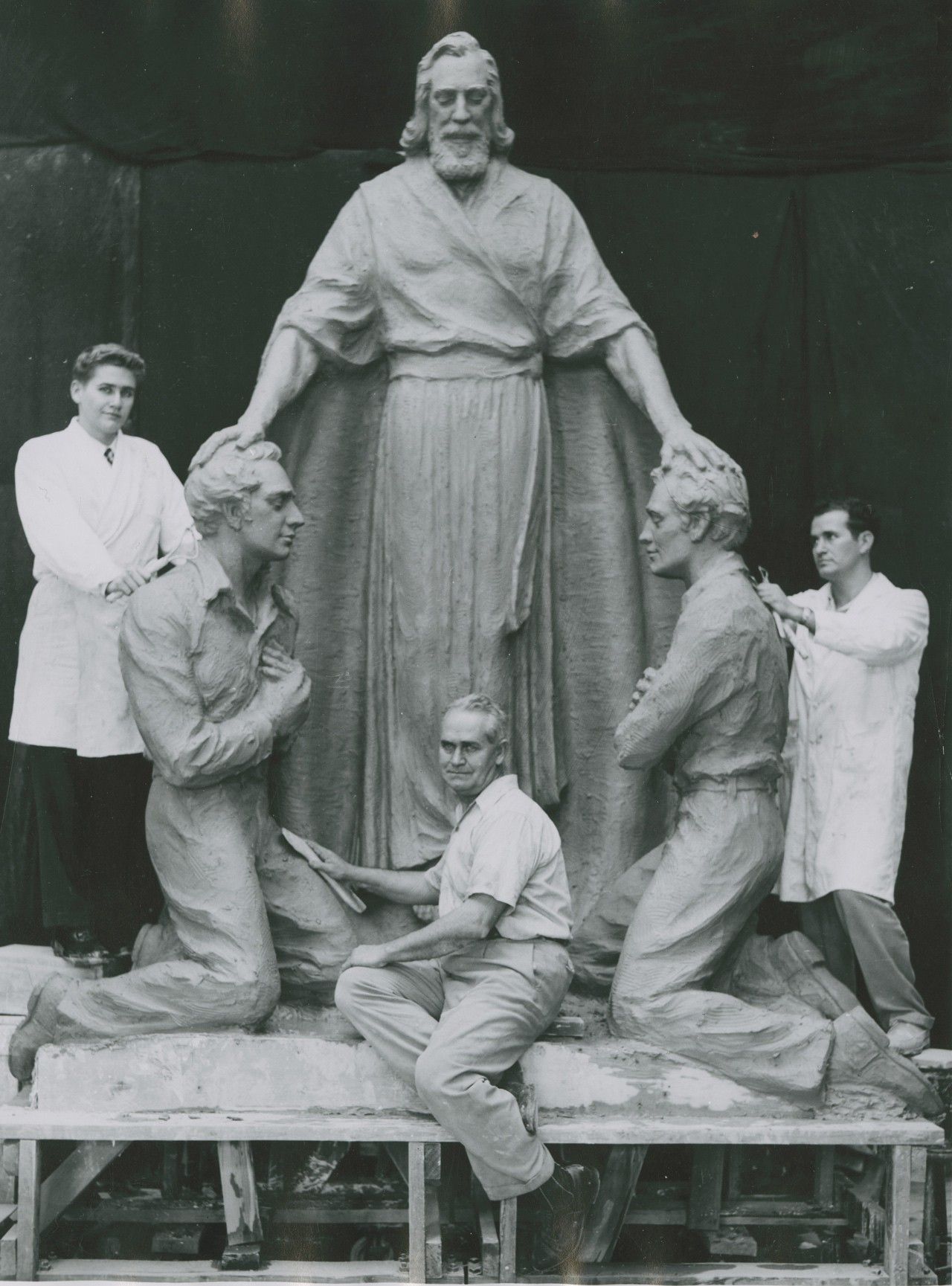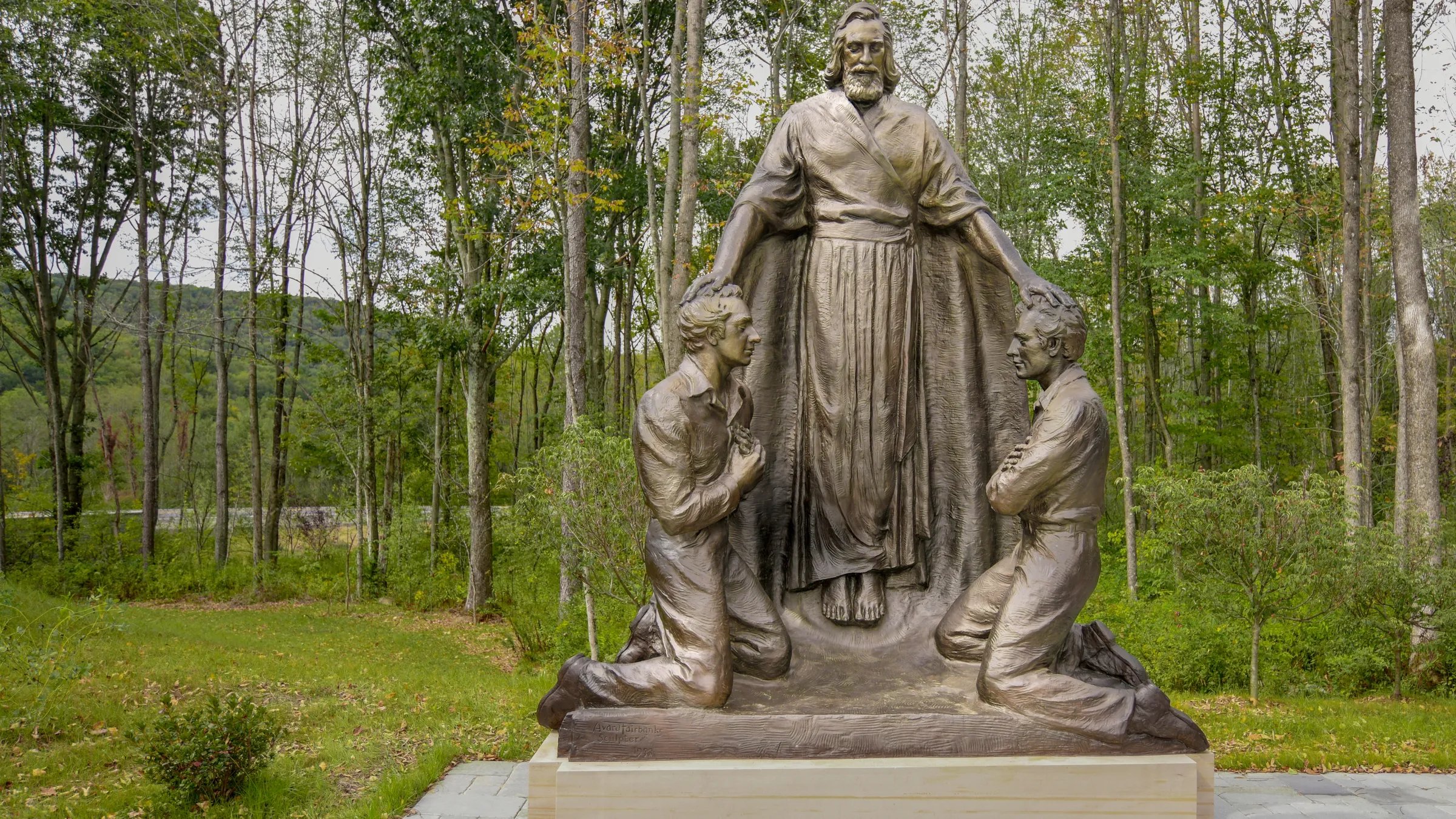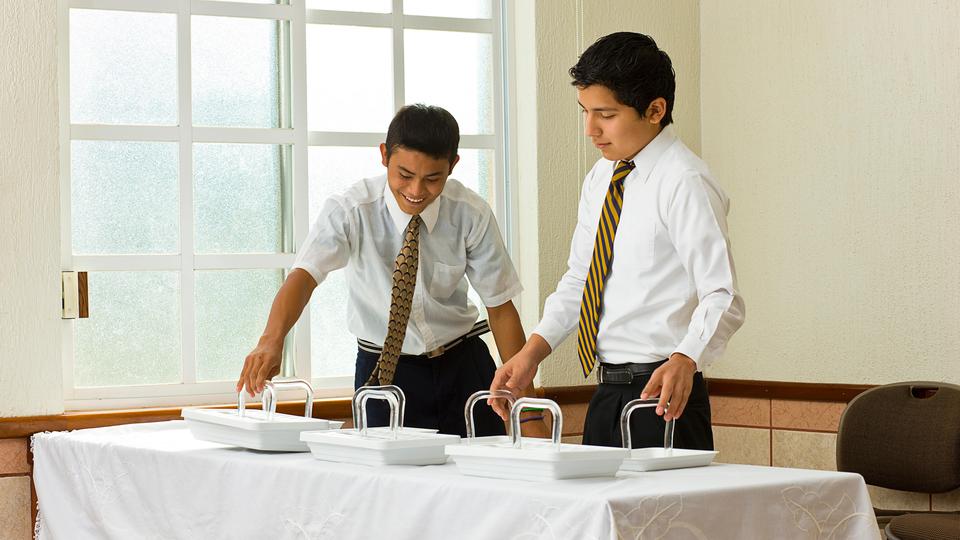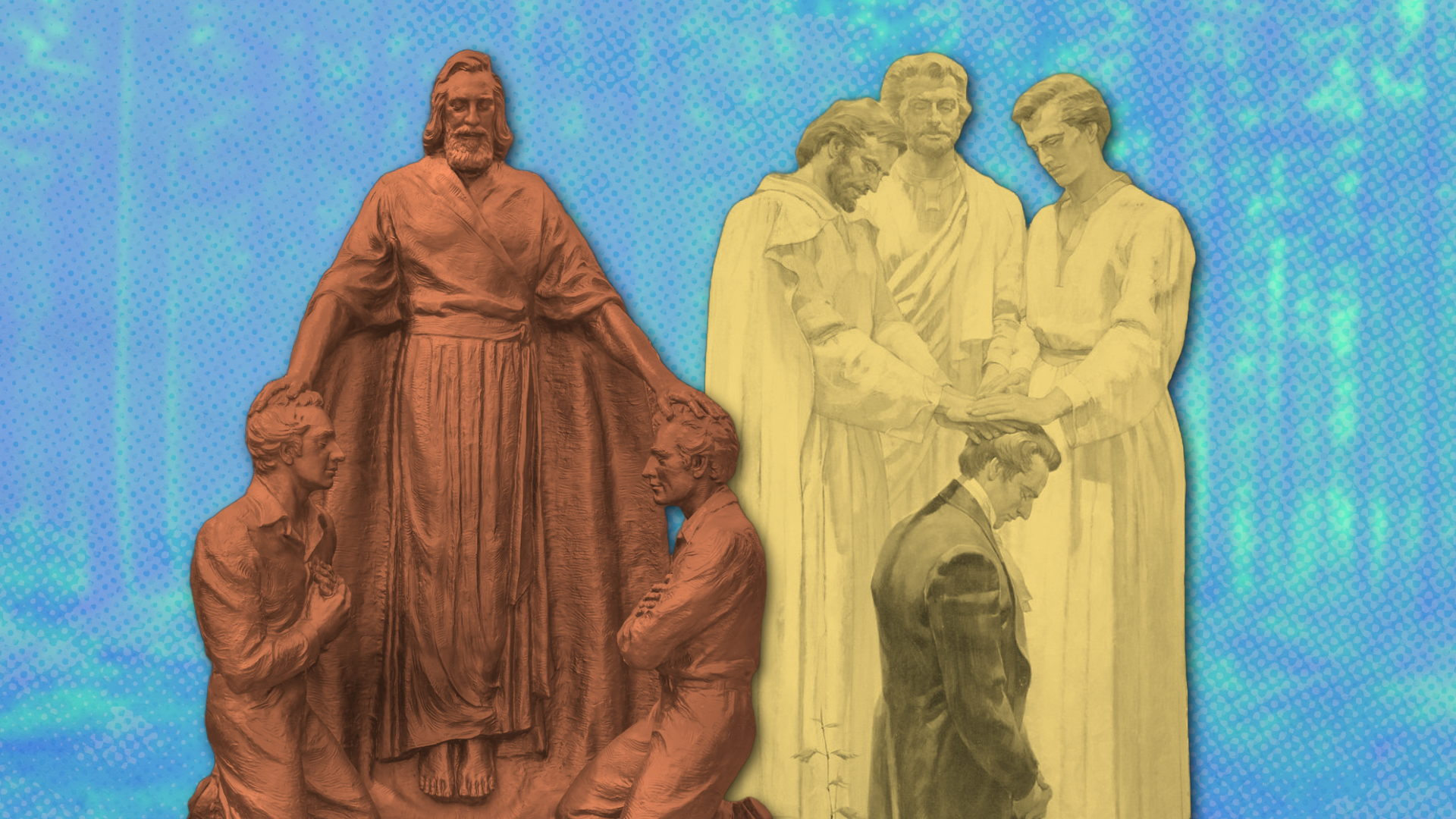You know those moments that split your life into "before" and "after"? There seemed to be many of these in the early days of the Church—from the divine experience in the Sacred Grove to the revelations on temple ordinances. And on May 15, 1829 (happy 196th anniversary), Joseph Smith and Oliver Cowdery had exactly that kind of moment along the banks of the Susquehanna River.
While translating the Book of Mormon, these two friends encountered passages about baptism and authority that prompted them to pray about it. What happened next would eventually become a cornerstone of Latter-day Saint belief: John the Baptist appeared and conferred the Aaronic Priesthood on them, followed by Peter, James, and John conferring the Melchizedek Priesthood at some later time.
A Gradual Unveiling

Joseph and Oliver didn't immediately broadcast the experiences to the world, and these now-familiar stories didn't appear in the earliest Church records. Oliver was the first to reference the restoration of the Aaronic Priesthood. In an 1834 letter published in the Messenger and Advocate, Oliver wrote of praying to God with Joseph to ask about baptism before, "on a sudden," an angel descended, shared a message, and ordained them to the priesthood. He wrote:
But, dear brother think, further think for a moment, what joy filled our hearts and with what surprise we must have bowed, (for who would not have bowed the knee for such a blessing?) when we received under his hand the holy priesthood, as he said, "upon you my fellow servants, in the name of Messiah I confer this priesthood and this authority, which shall remain upon earth, that the sons of Levi may yet offer an offering unto the Lord in righteousness!"

Joseph followed this account in 1835 by revising a revelation (now Doctrine and Covenants 27) to name John the Baptist, Peter, James, and John and describe how they conferred the priesthood authority (both the Aaronic and Melchezidek).
The most detailed account of John the Baptist’s visit appears in Joseph’s 1838 history. The entry states: "[We] went into the woods to pray and inquire of the Lord respecting baptism for the remission of sins as we found mentioned in the translation of the plates. While we were thus employed praying and calling upon the Lord, a Messenger from heaven, descended in a cloud of light, and having laid his hands upon us, he ordained us."
The heavenly messenger later identified himself as John the Baptist, the same prophet who had baptized Jesus Christ. He conferred upon them the Priesthood of Aaron, giving them authority to baptize by immersion but not for the power of the laying on of hands or the higher priesthood, which would come later from Peter, James, and John.
After John departed, Joseph and Oliver immediately went to the river where Joseph baptized Oliver first, and then Oliver baptized Joseph. After, they ordained each other to the Aaronic Priesthood, just as they had been instructed.
Later on, Joseph wrote again about Peter, James, and John and the higher priesthood in an 1842 letter (now Doctrine and Covenants 128).

Early Indications
Even though Joseph and Oliver didn't immediately publish detailed accounts, hints of divine authority were circulating almost from the beginning. For example, in November 1830, an Ohio newspaper, the Painesville Telegraph, reported on the appearance of missionaries, including Oliver Cowdery, teaching about the Book of Mormon and the restoration of Christ's Church. The article cited Oliver claiming that "the ordinances of the gospel, have not been regularly administered since the days of the Apostles, till the said Smith and himself commenced the work."
While the author was skeptical of Oliver (describing him as someone who "pretends to have seen Angels" and has "a divine mission"), the article still covers the basic storyline of the priesthood restoration: divine visitations, angelic messengers, and restored ordinances.
Then, a month later, the Painesville Telegraph published another report about Oliver Cowdery and the Book of Mormon. This time, it states Oliver claimed to have "his commission directly from the God of Heaven" and "credentials, written and signed by the hand of Jesus Christ." But probably the most relevant line was "Cowdry claims that he and his associates are the only persons on earth who are qualified to administer in his name." This is an early reference to priesthood authority.
Similarly, in February of the following year, the Palmyra newspaper The Reflector reported that Joseph "had now received a commission from God" and that "Cowdery and his friends had frequent interviews with angels."
The Legacy Continues

At the time, not everyone accepted these accounts. David Whitmer later claimed he didn't hear about angelic priesthood ordinations until years after they supposedly happened. William McLellin similarly insisted these stories weren't mentioned in the early days. The framework of priesthood offices, keys, and authorities developed line upon line as the Church grew and faced new challenges, and modern Latter-day Saint historians view the priesthood restoration as something that unfolded gradually rather than in a single moment.
Today, millions of Latter-day Saint men and boys trace their priesthood lineage back to those sacred moments on the Susquehanna. Every ordinance performed since—millions of baptisms, confirmations, priesthood ordinations, temple sealings—traces back to that single day. When a young man is ordained a deacon, his ordination certificate could technically list every priesthood holder in a direct line back to Joseph Smith and John the Baptist.
Like Mormonr? Sign up for our newsletter to receive updates on the latest blog posts, Q&As, and Mormonr projects.


